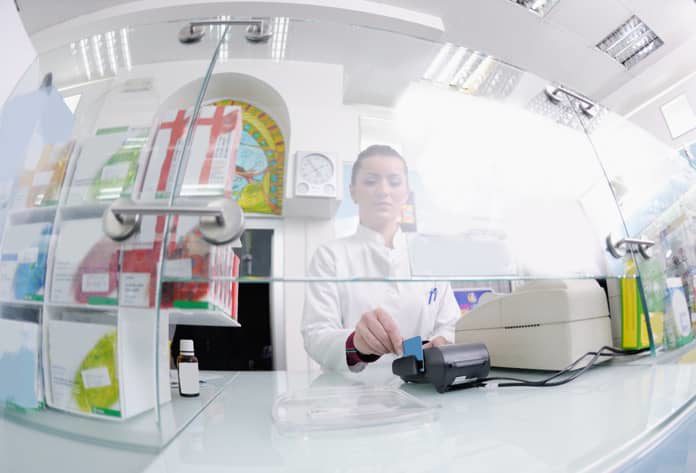Researchers evaluate the promising results of a new drug candidate, SAAP-148, giving new hope in overcoming drug-resistant bacteria.
The rise of drug-resistant bacteria has long been a topic of concern as it poses a great risk to human health. Hospital-acquired infections are often caused by drug-resistant bacteria strains that possess the ability to form biofilms, which encase the bacteria and make traditional antibiotic treatments less effective. Some of these bacteria, known as persisters, can remain dormant and resistant to antibiotic treatment, only to re-emerge later as a biofilm-associated infection.
However, researchers have discovered that naturally occurring antimicrobial peptides (AMP) in the human body are the key to developing new synthetic peptides with improved antimicrobial and anti-biofilm activities (SAAPS). In an article published in Science Translational Medicine, researchers in the Netherlands discussed these promising results.
Are Anti-microbial Peptides the Answer?
The human peptide in question is known as LL-37 – a major AMP that plays a role in the body’s immune system against infections. Researchers made random substitutions in the LL-37 peptide to create multiple variations that were assessed for antimicrobial activity. The one variation that came out on top was called SAAP-148. It works by binding to and quickly penetrating the bacterial membrane to cause death within minutes. In vitro testing of SAAP-148’s activity demonstrated its capability to kill drug-resistant bacterial strains, known as ESKAPE pathogens, which are commonly the cause of hospital-acquired infections.
SAAP -148 is Effective Against Persisters
SAAP-148 was also able to dose-dependently inhibit the formation of bacterial biofilms and eradicate existing biofilms of S. aureus and A. baumannii – two of the ESKAPE pathogens. Further, SAAP-148’s activity against persisters was tested. S. aureus biofilms were first exposed to a high dose of a common last-resort antibiotic, rifampin, and the surviving bacteria, the persisters, were then exposed to SAAP-148. After treatment, no detectable amounts of viable bacteria were detected thus demonstrating that SAAP-148 can eliminate persister bacteria to undetectable levels.
They also evaluated SAAP-148’s potential as a topical treatment for surface wound infections by incorporating it into an ointment and testing its activity on wounded laboratory-grown human skin and in live mice skin infections. They found SAAP-148 was able to eradicate biofilm-associated wound infections more effectively than current widely used antimicrobial ointments to treat skin infections.
Since the rise of drug-resistant bacteria is the main concern, the researchers assessed the ability of the ESKAPE pathogens to develop resistance to SAAP-148 with repeated exposures. After twenty passages of exposure to SAAP-148, no resistant isolates were found, whereas resistance was significant in other antibiotics tested, such as rifampin and ciprofloxacin after eight and five passages, respectively. It’s thought that the unlikelihood of developing drug-resistant bacteria against SAAP-148 can be attributed to its fast membrane-based mechanism of action.
The main limitation to the study is that researchers only evaluated SAAP-148’s efficacy on superficial wounds. There may be challenges that lie in the ability of the peptide to penetrate into deeper tissues or the risk of the peptide being degraded in the body. Designing drug delivery systems tailored to ensure survival and delivery of the peptide to target locations may overcome these challenges.
Overall, the data compiled on SAAP-148 makes it an excellent candidate for clinical studies and demonstrate that SAAPs are promising for the future of novel antibiotic drug development against drug-resistant bacteria.
Written by Maggie Leung, PharmD
Reference: Breij, A. D., Riool, M., Cordfunke, R. A., Malanovic, N., Boer, L. D., Koning, R. I., . . . Nibbering, P. H. (2018). The antimicrobial peptide SAAP-148 combats drug-resistant bacteria and biofilms. Science Translational Medicine, 10(423). doi:10.1126/scitranslmed.aan4044



